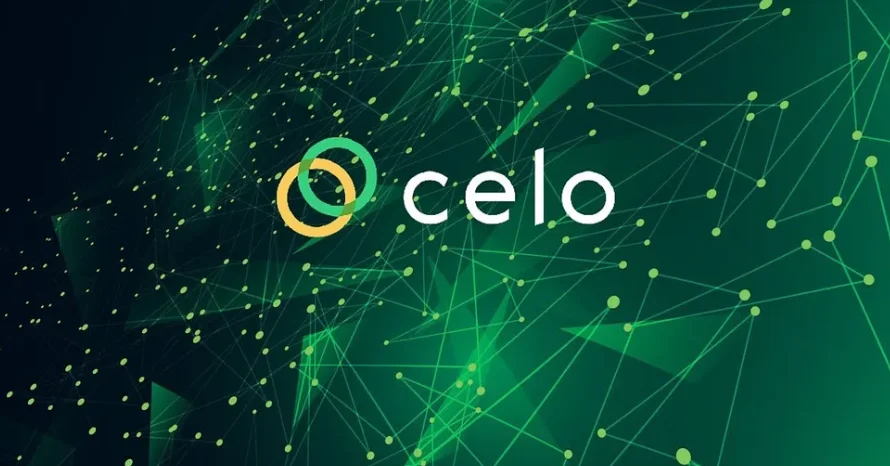Tether continues to expand its USDT stablecoin across various blockchain networks, entering a strategic collaboration with the Celo network to facilitate feasible microtransactions.

Tether USDT on Celo, a layer-1 network compatible with Ethereum Virtual Machines (EVM) and optimized for quick and inexpensive payments.
Announcing the news to Cointelegraph on March 11, Tether noted that the new integration provides a range of benefits to USDT, including “notably low, sub-cent transaction fees” hovering around $0.001, enabling feasible microtransactions.
“One of Celo’s core features since launching in April 2020 was its design for fast, low-cost payments worldwide,” a source close to Celo told Cointelegraph. “Indirectly, Ethereum is contributing value in an L2 capacity that is not currently the case as an L1 capacity,” a spokesperson explained, adding:
“In transitioning to an Ethereum L2, gas fees would stay low, critical to achieving global prosperity and core to the Celo community mission.”
USDT will join an array of stable assets available on the Celo platform, including Mento’s eXOF, which tracks the CFA franc, and the cREAL, which tracks the Brazilian real. Stable asset use cases on Celo consist of lending, remittances, savings, and international payments.
“We are thrilled to welcome Tether USDT to the Celo ecosystem, which is fast becoming a leader in stablecoins and real-world assets,” Celo co-founder and foundation president Rene Reinsberg said.
“With Tether USDT soon available on Celo, users have even more options for fast, low-cost payments and access to robust stablecoin use cases that benefit everyday users worldwide,” Reinsberg noted.
A Tether representative declined to provide an exact date for issuing and launching the initial batch of USDT on the Celo blockchain.
The Circle-issued USD Coin, the principal competitor of USDT, also declared its intention to activate natively on the Celo blockchain in January 2024. Circle said the first USDC became available on Celo on February 22.
Celo-based USDT will join 14 blockchains presently supported by Tether, including Tron, Ethereum, Solana, Avalanche, and Omni. Tron and Ethereum are the two leading blockchains for USDT at the time of writing, accounting for 50% and 45% of all issued USDT, respectively, according to Tether Transparency.
The news comes amid the crypto community increasingly complaining about high fees on the Ethereum network as Ether (ETH) prices pass $4,000. Skyrocketing ETH fees have also impacted Ethereum-based USDT, as ERC-20 Tether USDT requires ETH gas fees to complete transactions.
Despite Celo being an EVM-compatible network, there is no dependency on Ethereum regarding network fees, according to a source close to Celo. “For example, if Ethereum fees go up, it doesn’t mean L2 fees, given certain architectural choices, go up in the same way or at all even,” the person noted.
